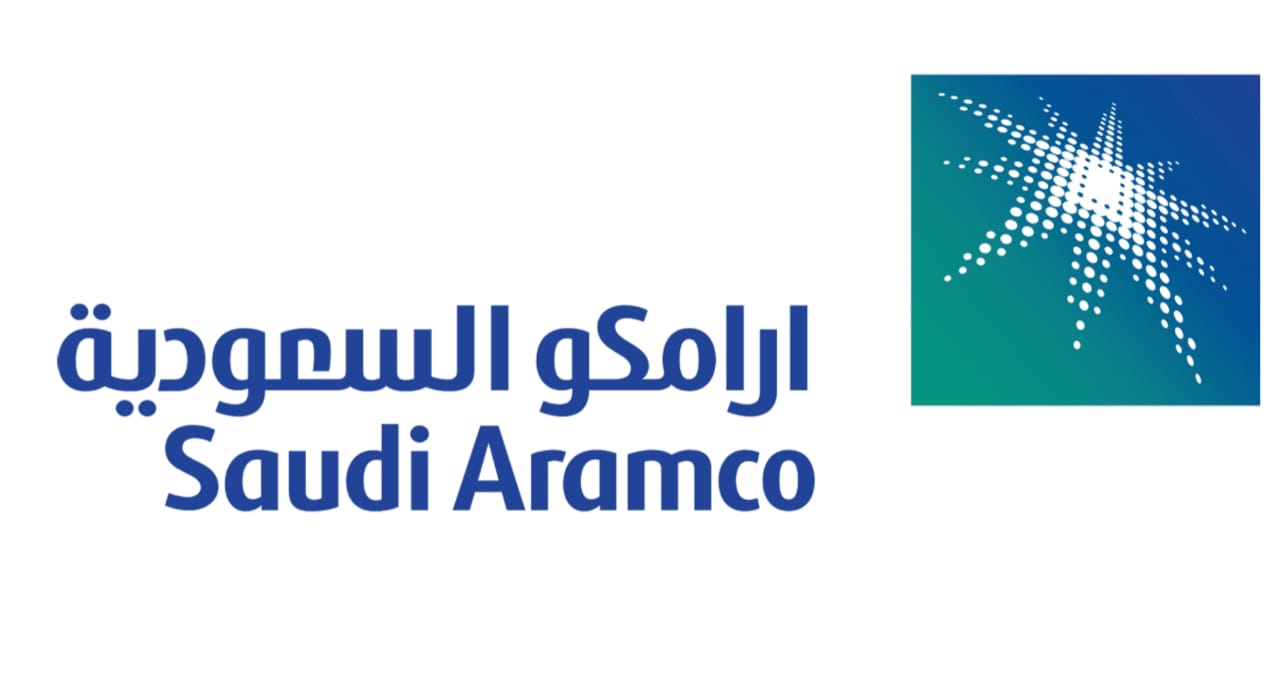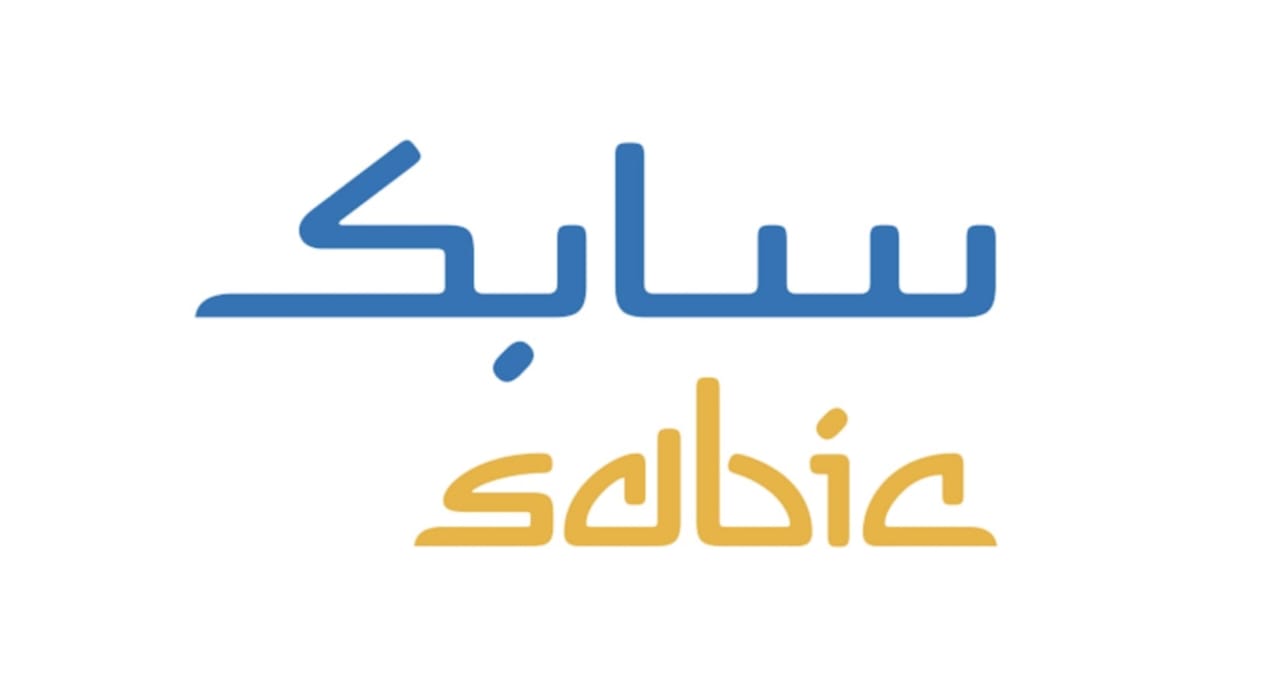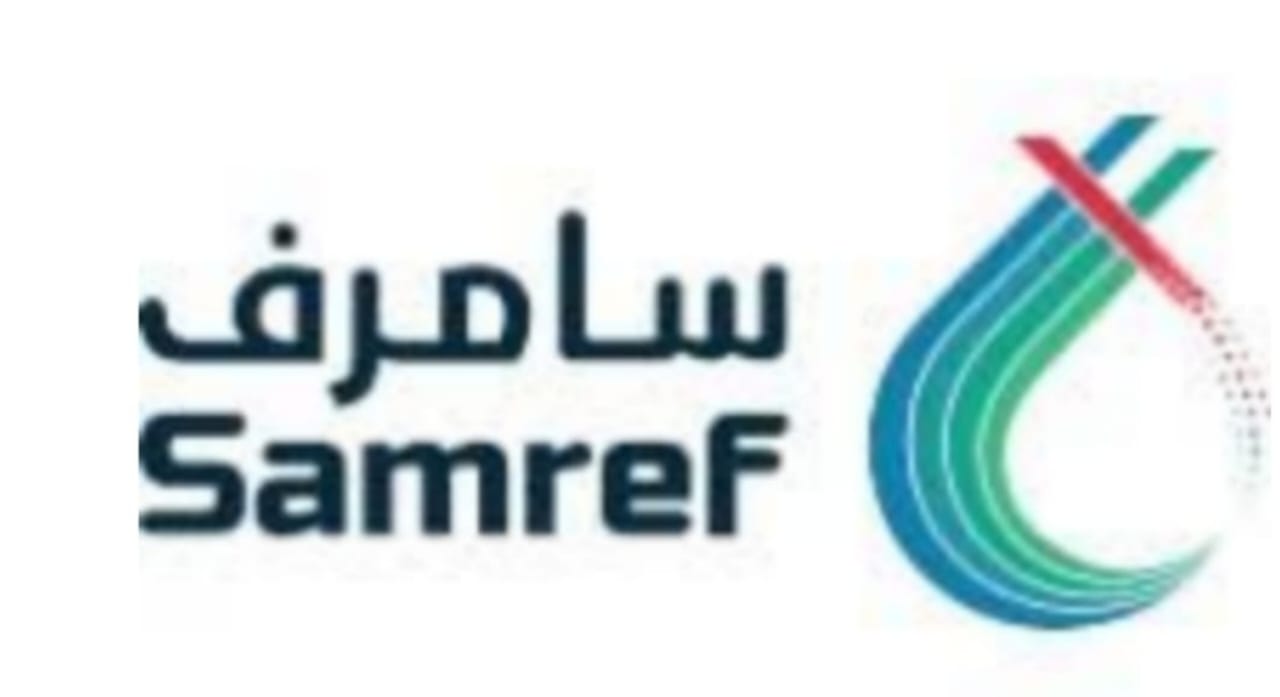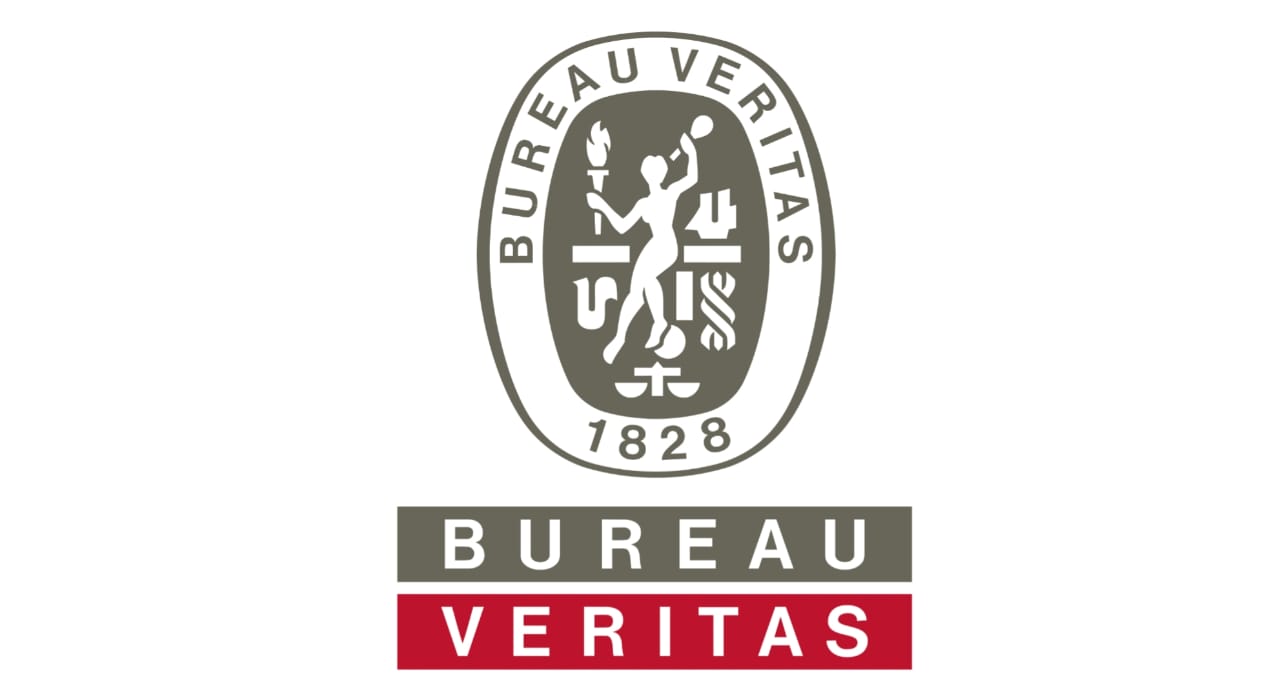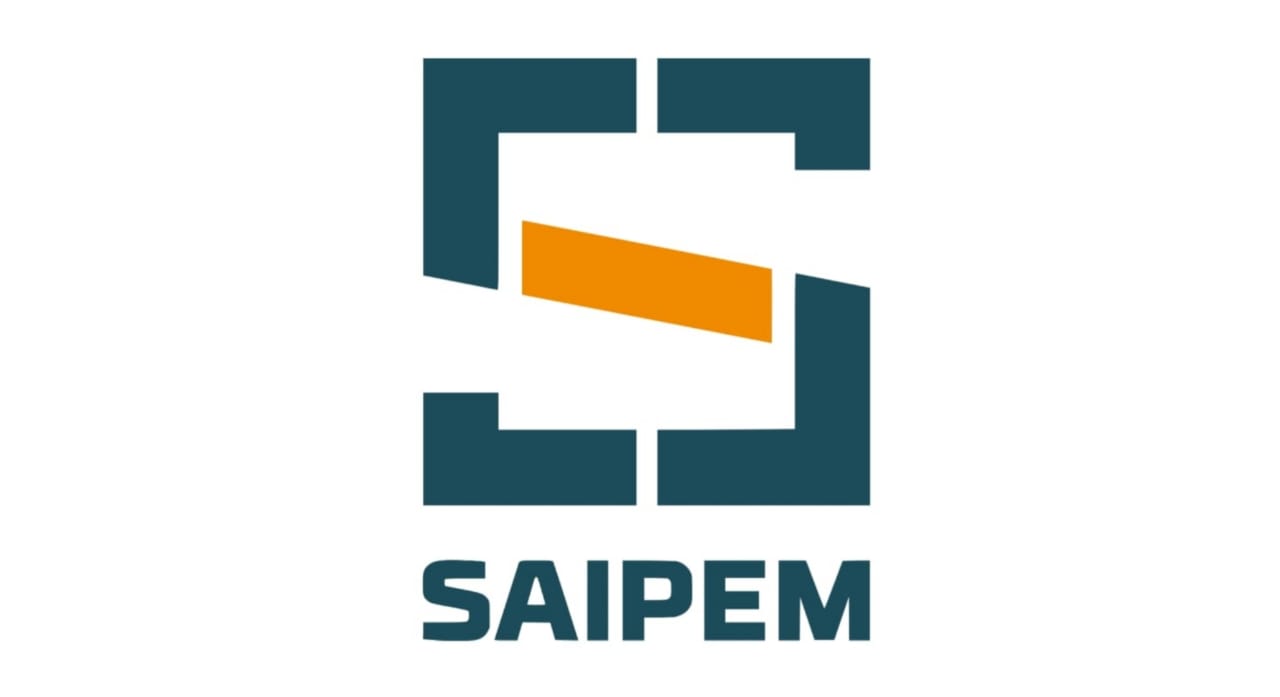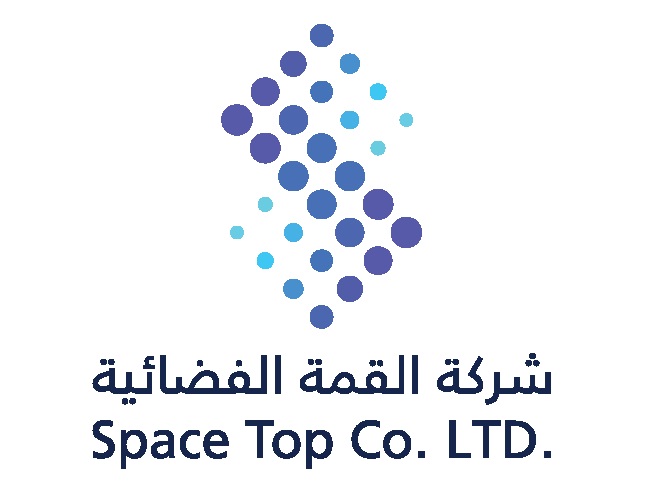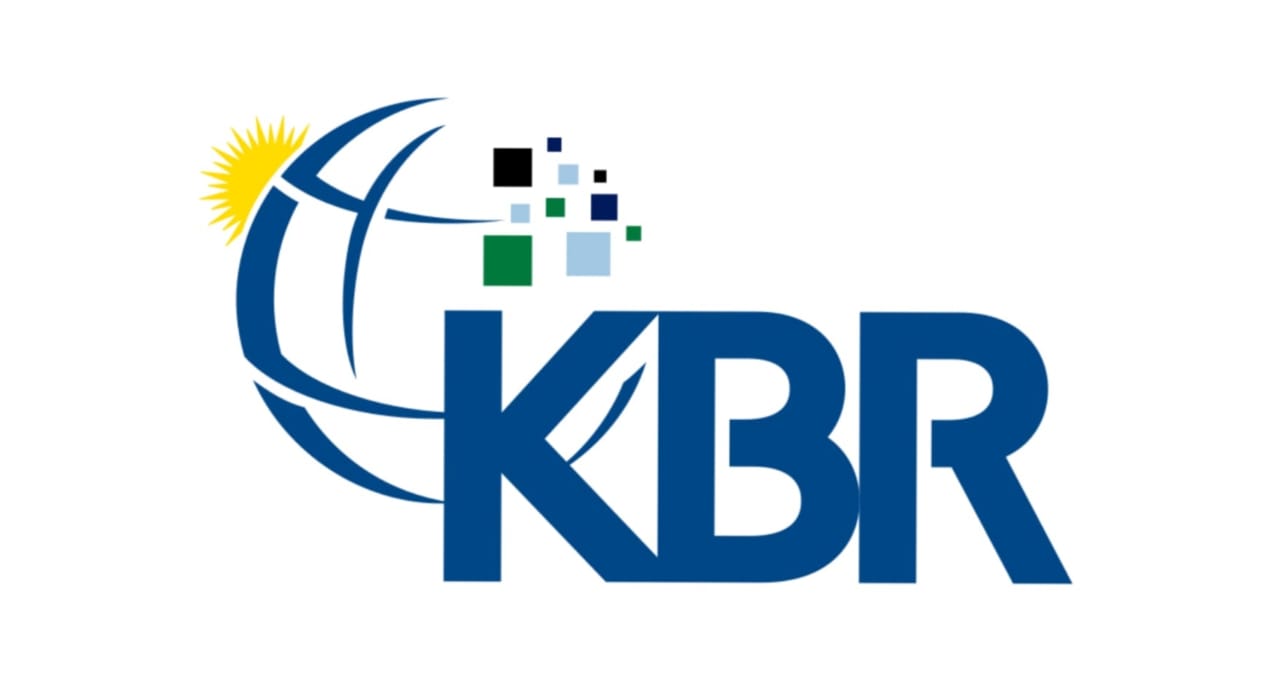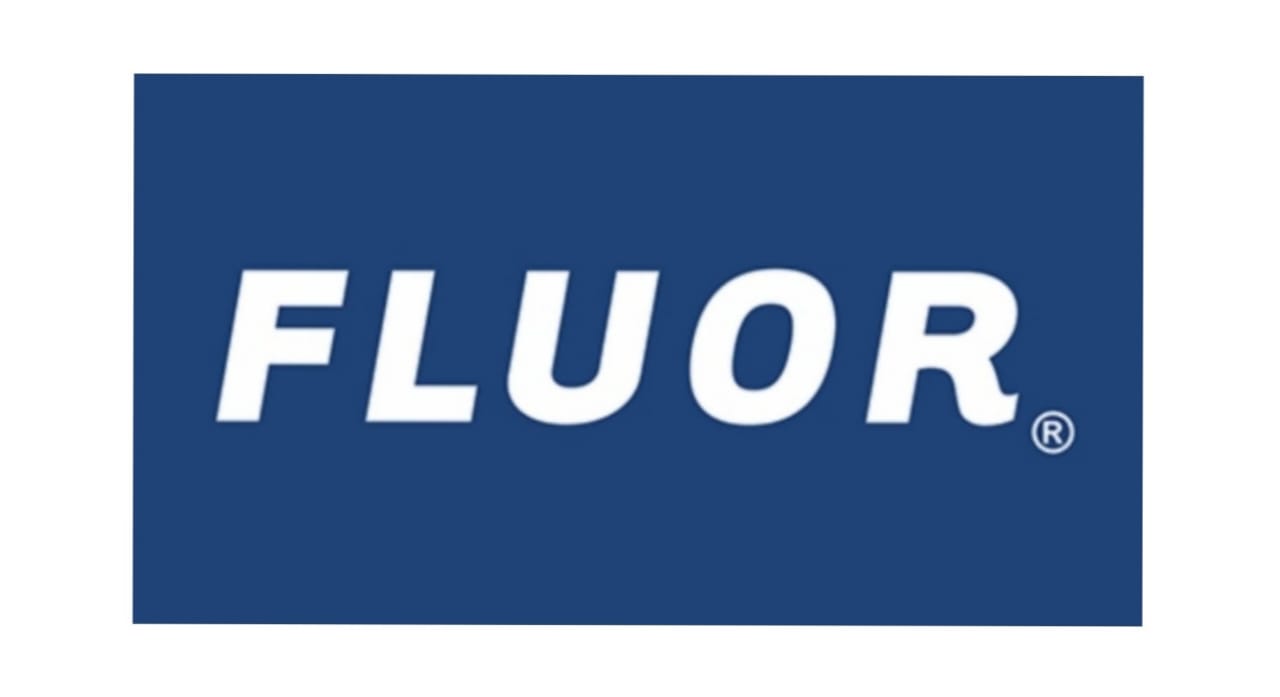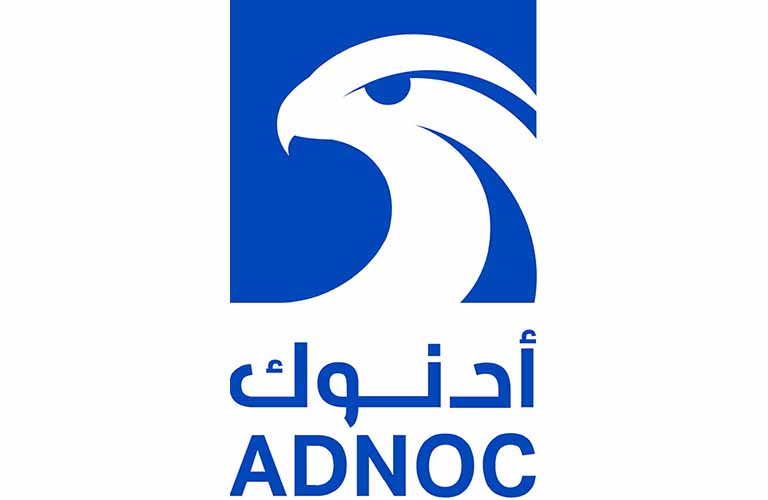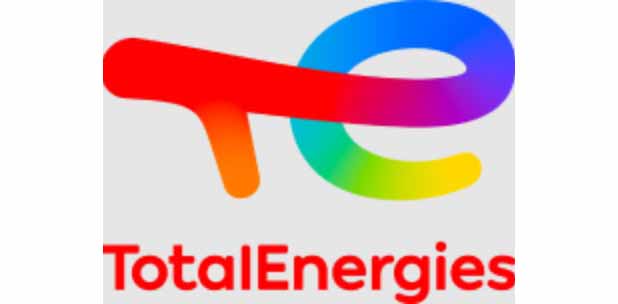Radar Beacon Systems: Enhancing Navigation and Signal Precision Across Industries
Radar beacon systems (RACONs) enhance navigation by providing identifiable radar signals, aiding visibility in challenging conditions. Used in maritime, aviation, and military fields, they improve safety and accuracy with minimal maintenance.
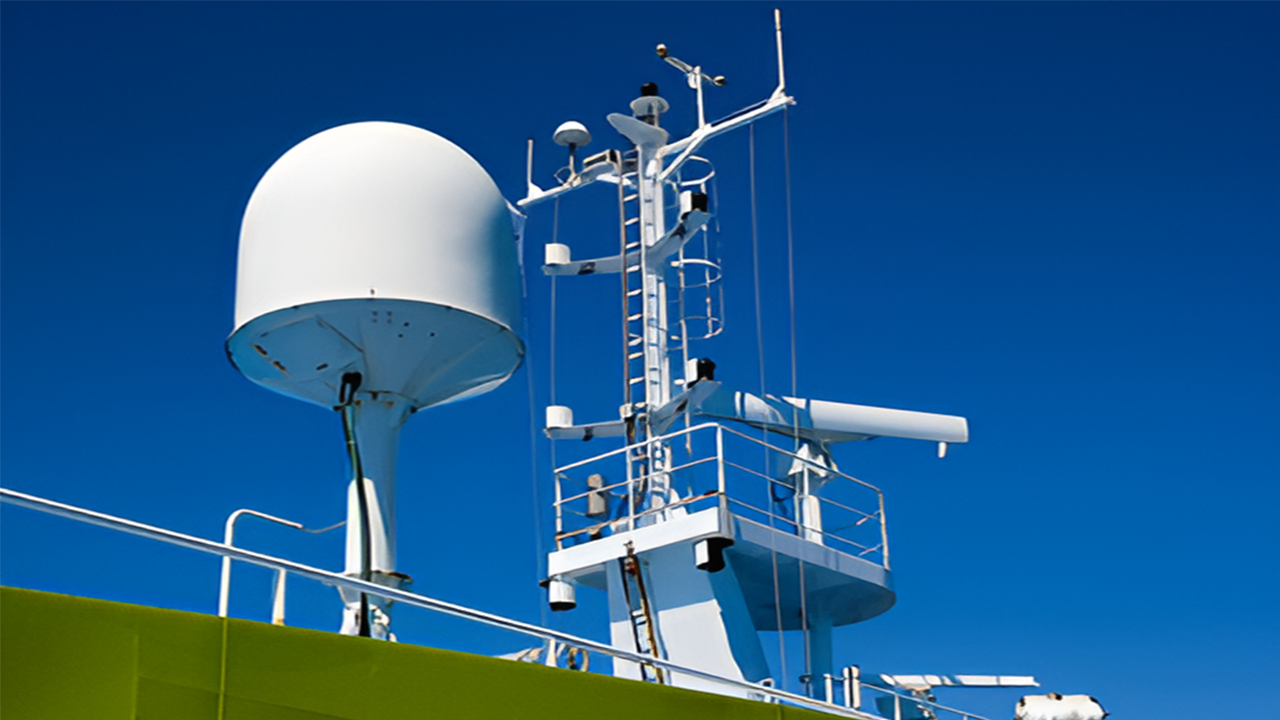
Radar Beacon Systems: Enhancing Navigation and Signal Precision Across Industries
A Radar Beacon System (RACON) is an electronic device that enhances radar-based navigation by responding to incoming radar signals with a distinctive return signal. This makes it easier for radar operators to identify the exact location of objects or landmarks, particularly in environments with poor visibility, such as fog or heavy rain. There are two main types of radar beacons: active beacons, which transmit coded signals when triggered by radar, and passive reflectors, which simply bounce back radar waves without any transmission. These systems are widely used in maritime navigation, mounted on buoys, lighthouses, and offshore platforms to guide vessels safely. In aviation, radar beacons assist air traffic control by helping aircraft navigate during approaches and landings, while in military operations, they support target tracking, identification of friendly units, and missile guidance.
Radar beacon systems offer several advantages, including improved accuracy, automatic operation, increased safety, and low maintenance, especially for passive types. However, they also come with limitations such as the need for a reliable power source for active systems, potential signal interference, and clutter in radar displays when multiple beacons are present. Despite these challenges, ongoing technological advancements are driving the integration of radar beacons with GPS, AIS Automatic Identification System, and IoT technologies, making them smarter and more efficient. As such, radar beacon systems continue to be a vital component in ensuring safe and effective navigation across sea, air, and land operations.
